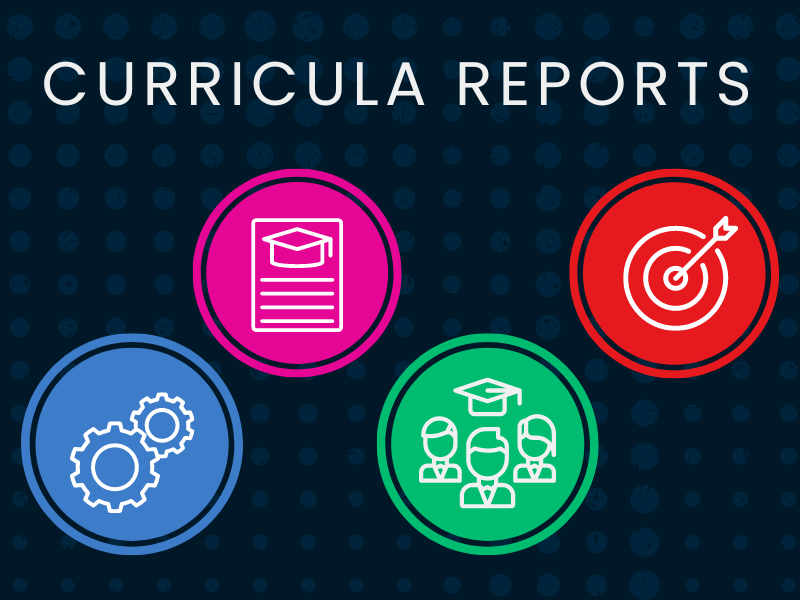International schools offer a range of curricula and are a key consideration for parents when selecting the right school for their children. Choosing a curriculum that best fits a student’s learning style and provides them with a foundation for their future are both part of this decision-making process.
Two reports, recently released by ISC Research, provide a comprehensive analysis of the most prevalent curricula in international schools. The ‘Curricula – Global Overview 2023’ and ‘Curricula – Global Overview by Age Range 2023’ reports focus on the International Baccalaureate (IB), UK, US, Cambridge, and Advanced Placement (AP) curricula which are taught at 77% of all international schools listed in ISC Research’s database.
Available separately, or as part of a bundle, these reports take a close look at the curricula international schools are selecting for each age group, where these curricula are growing, and what this means for the examinations students are taking.
Understanding curricula choice in international schools
The ‘Curricula – Global Overview 2023’ report is an essential resource for understanding the dynamics of the international schools market. It details the five key curricula as well as providing further insight into market growth, global spread and school group and association preferences. The report shows significant geographical correlation in international schools’ curriculum offering and examines the choices of recently opened schools.
Curriculum components by age range
The demand for a complete education pathway for students is demonstrated by the fact that majority of international schools cater to students from 0-18. Choosing the right curriculum to offer students at the different stages of their learning is a vital consideration for school leaders. The ‘Curricula – Global Overview by Age Range 2023’ report takes the five key international school curricula and looks in detail at the ages at which each component is taught. The report also identifies the regional distributions of each curriculum and their components and splits the market by fee to provide further insights.
The rise of hybrid curricula
Going beyond the data, both reports offer intelligence on global curricula trends. One such trend is the increased prevalence of hybrid curricula as international schools depart from singular offerings allowing their students more variety in their studies. In fact, two-thirds of international schools opening between 2018 and 2023 opened with a hybrid curricula model. Understanding these curricula and the schools that teach them is a vital consideration for any company operating in this competitive marketplace.
An increase in multilingualism
Another recent shift highlighted across these reports is a move towards multilingualism with a 7% increase in international schools that offer multi-language learning since 2019. As student bodies continue to diversify the desire from parents and students alike to maintain their home language and cultural heritage alongside proficiency in English is of paramount importance. International schools must adapt to this trend by implementing professional development for their staff and embracing a multilingual campus identity.
To learn more about the key trends highlighted and what this means for the international schools market, these detailed reports, published by ISC Research, are available to purchase together. Find out more here.



